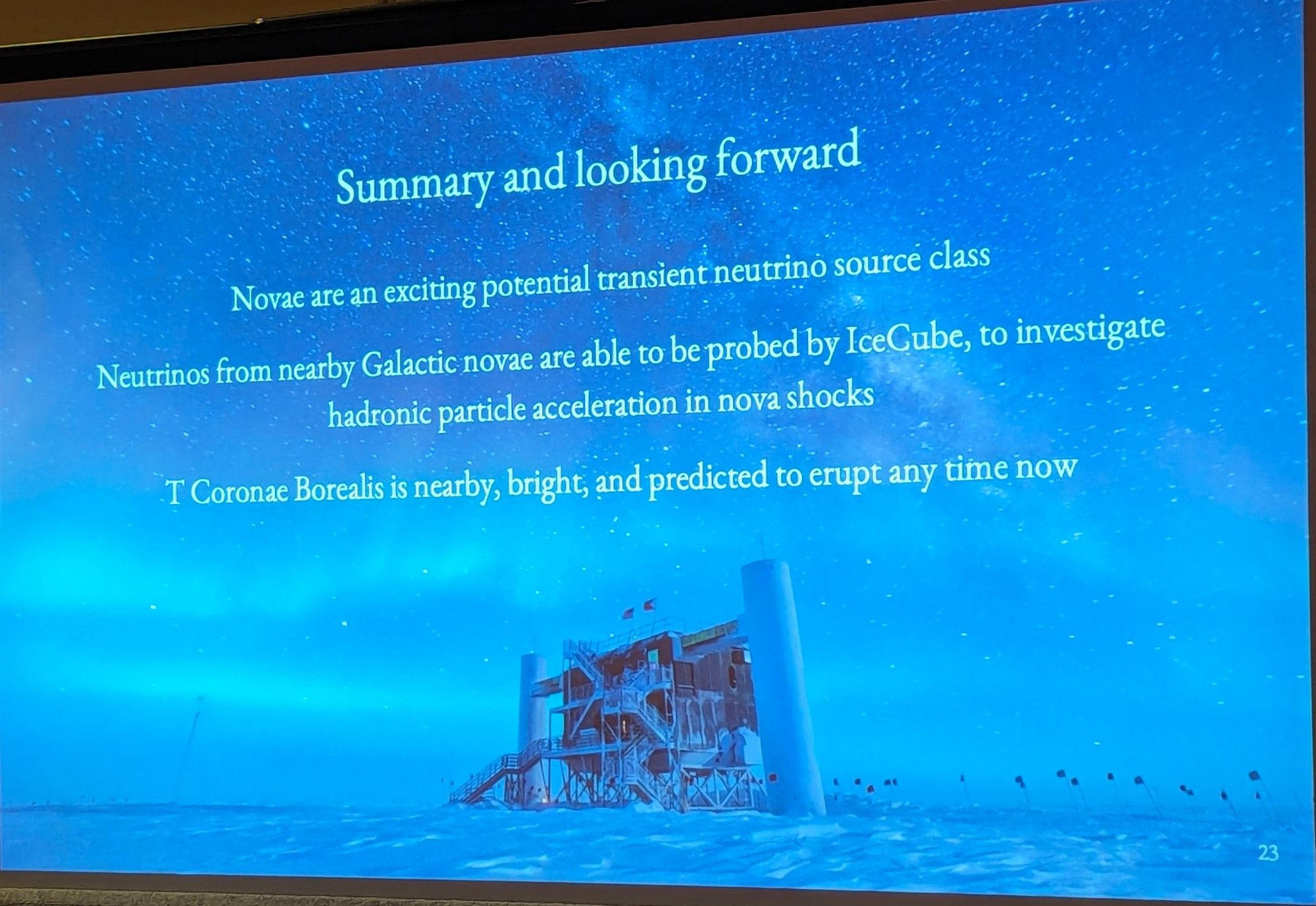Climate Change Task Force Report for the American Astronomical Society @AAS_Office @AASNova @AAS_Press astrobiology.com/2024/06/clim...#climatechange#globalwarming#astronomy#geology#astrobiology#Astro2020#AAS244#DPS2024 @NASAScienceAA
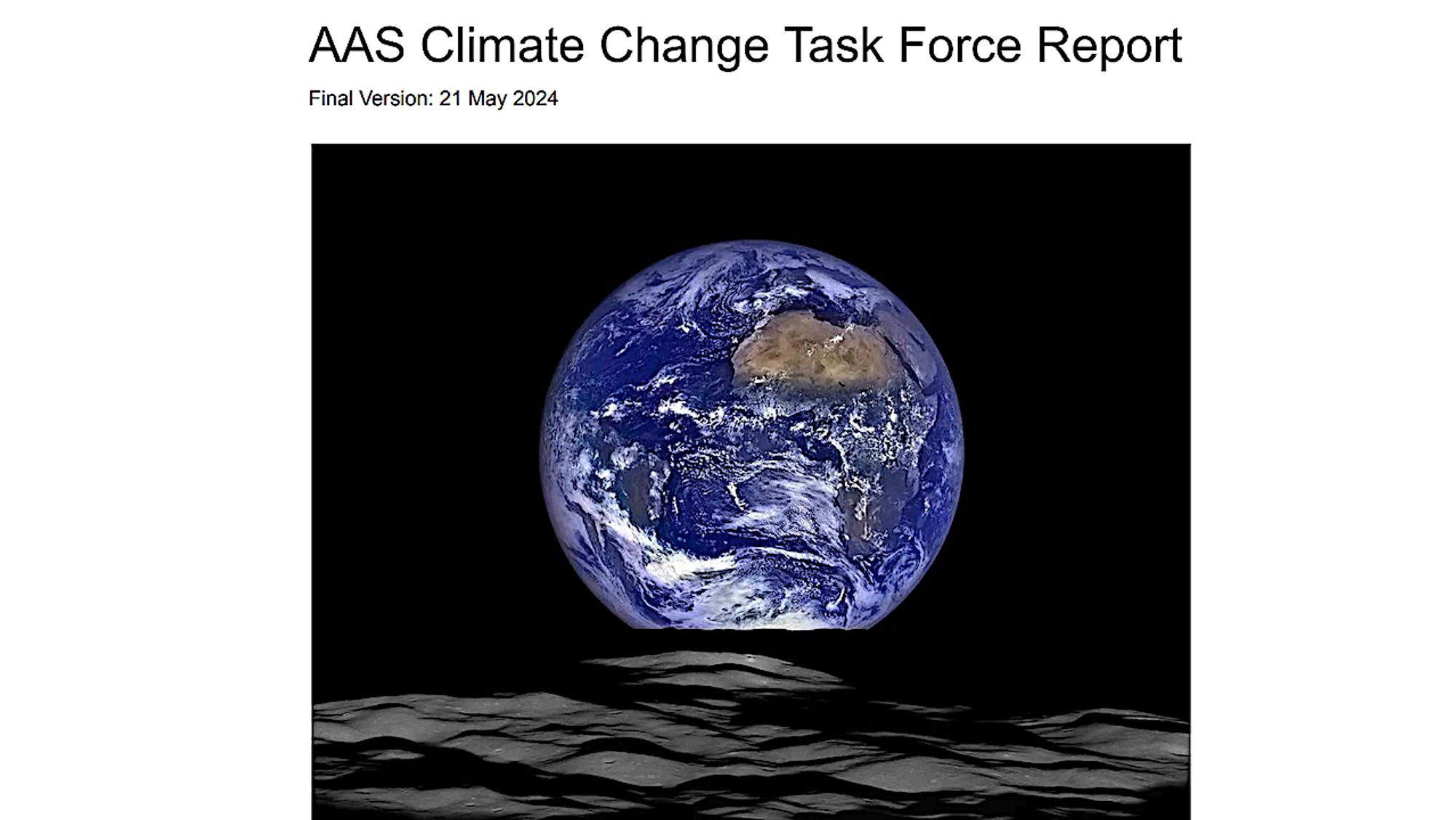
One last plenary session brought AAS 244 to a close on Thursday. Read on for a discussion of how to detect X-rays from dark matter particles! aasnova.org/2024/06/14/a...#AAS244@aasoffice.bsky.social
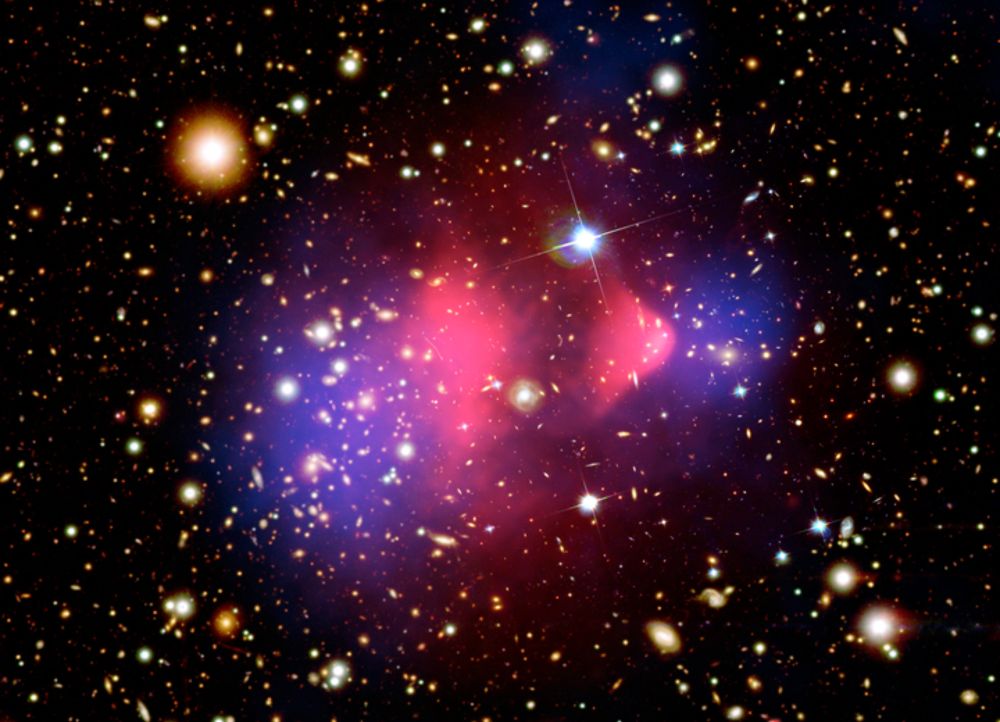
One last plenary session brought AAS 244 to a close on Thursday. Read on for a discussion of how to detect X-rays from dark matter particles!
First session: The Powerful Shocks in Novae V: Revisiting Novae with a Multi-messenger Approach Kirill Sokolovsky: NuSTAR observations of classical novae show depleted iron (or enhanced CNO). X-ray light curves don't have periodic changes like in visible light -> X-rays are made further out #AAS244


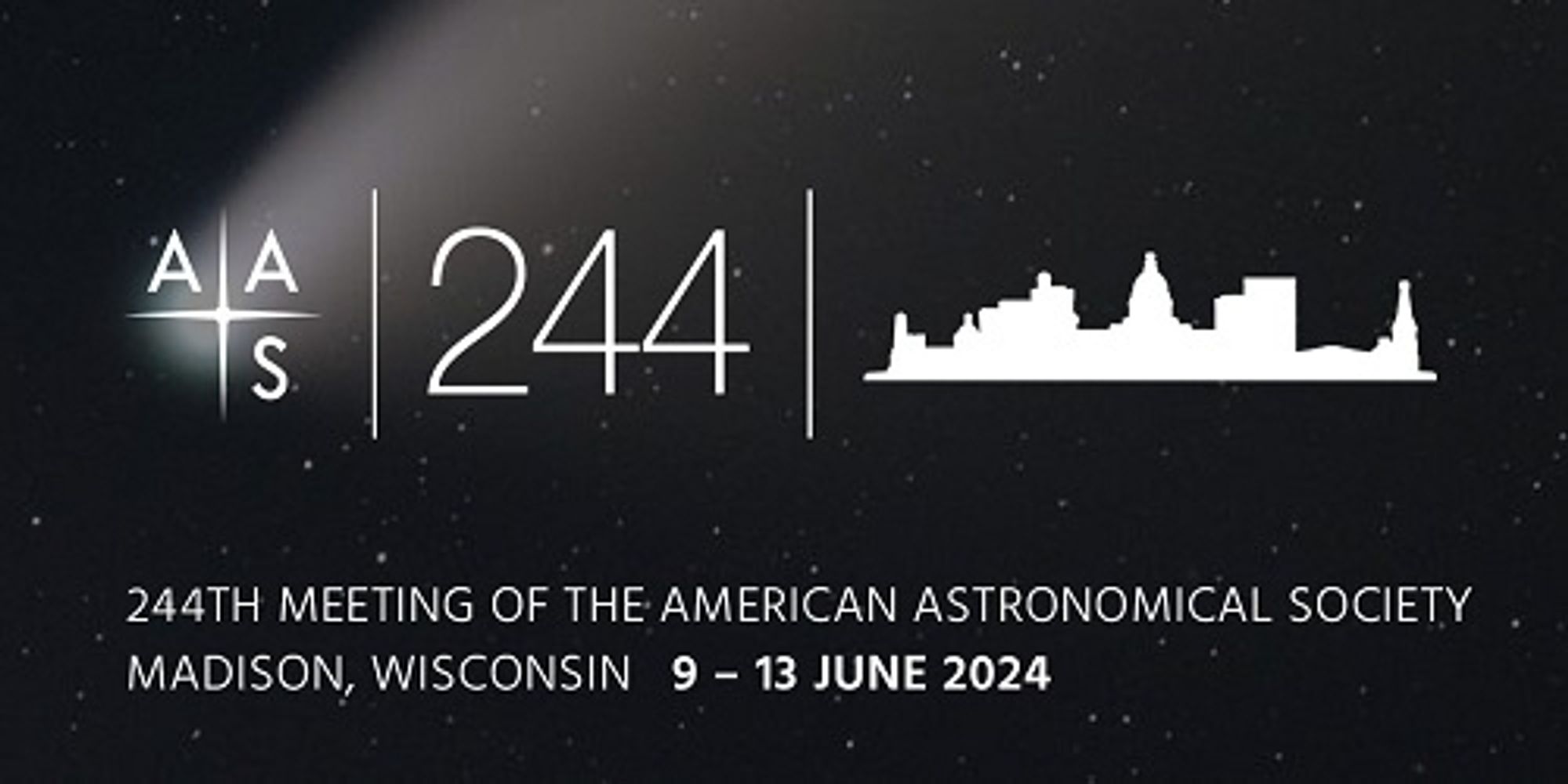

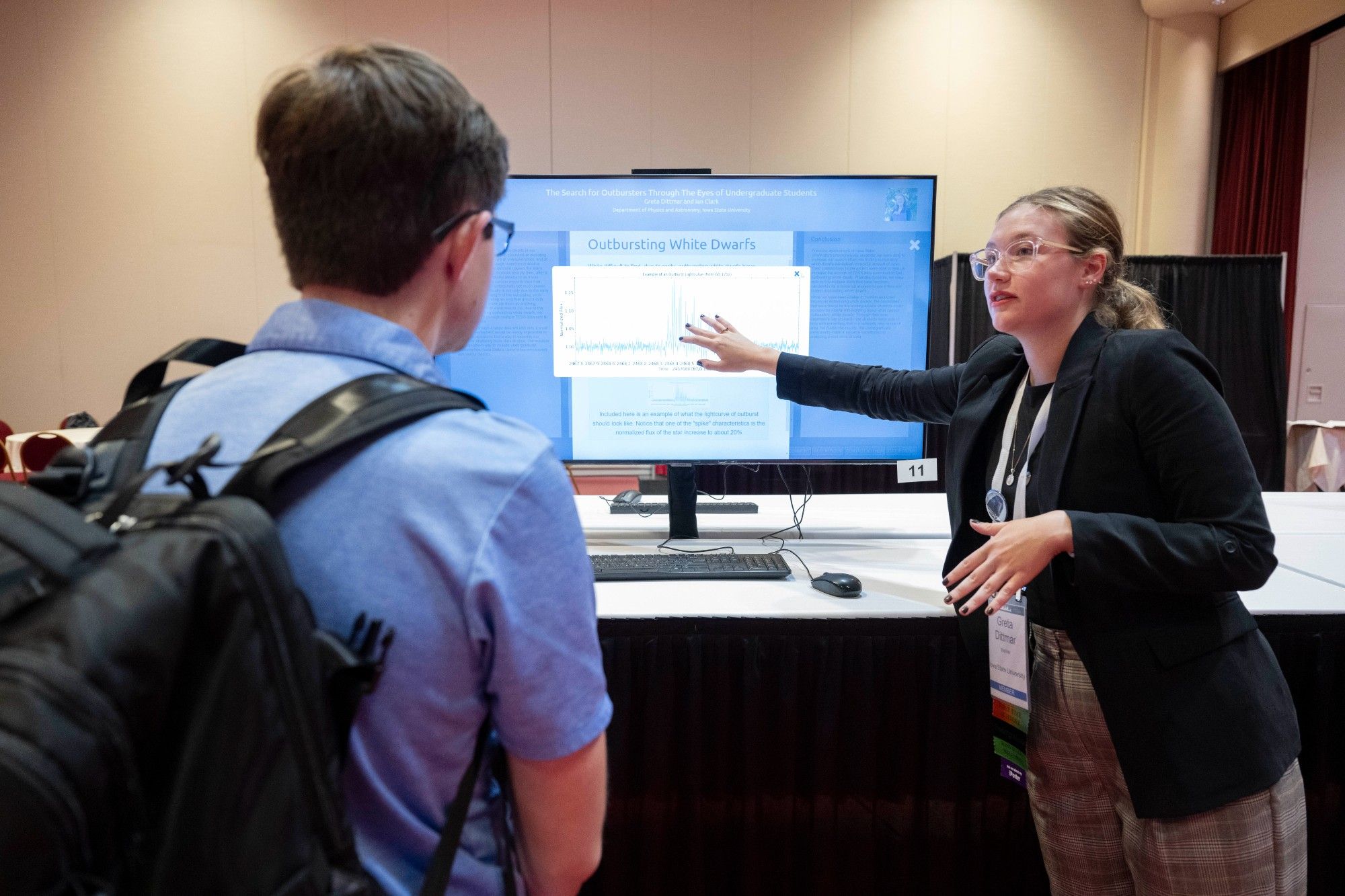

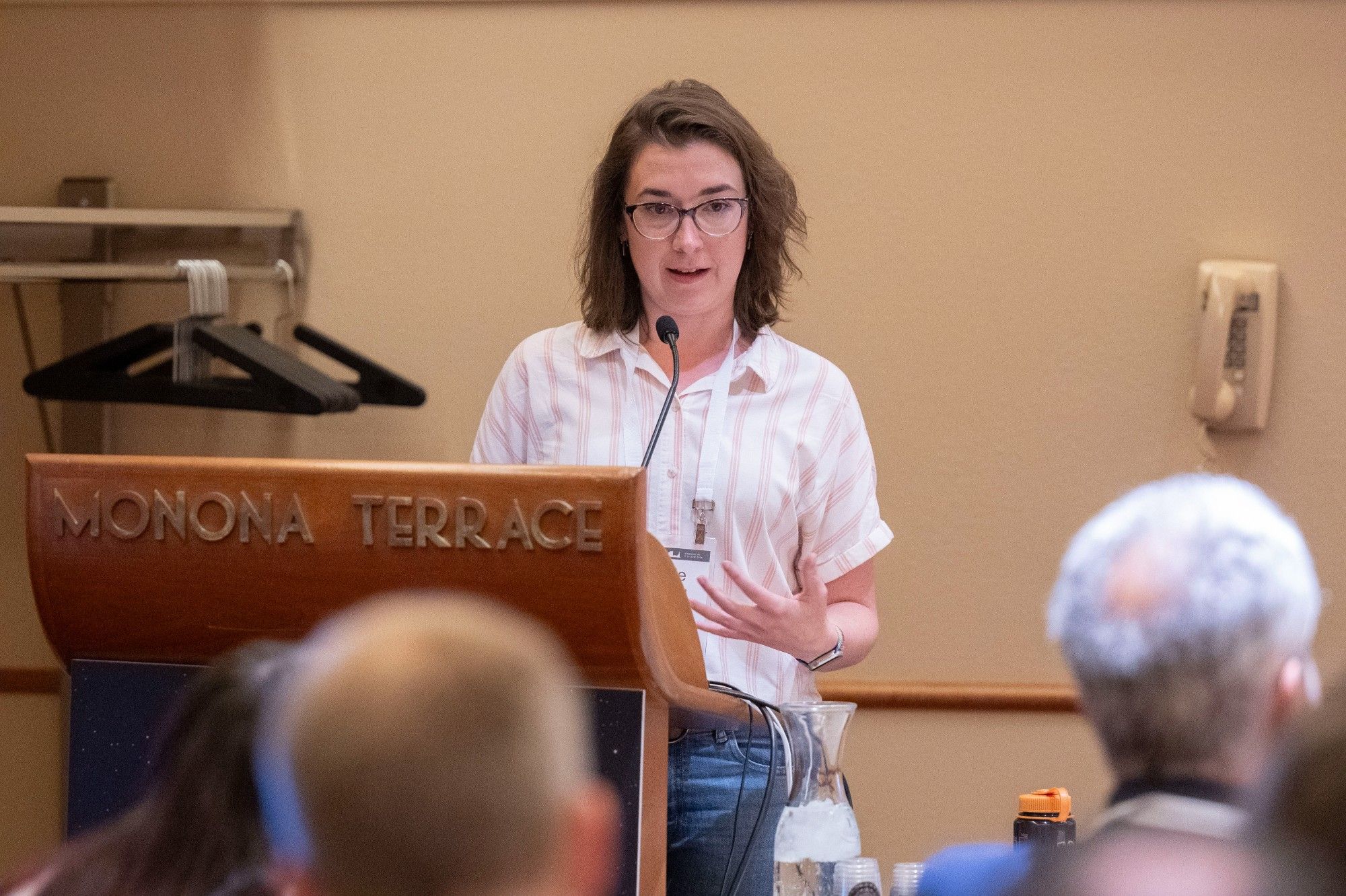
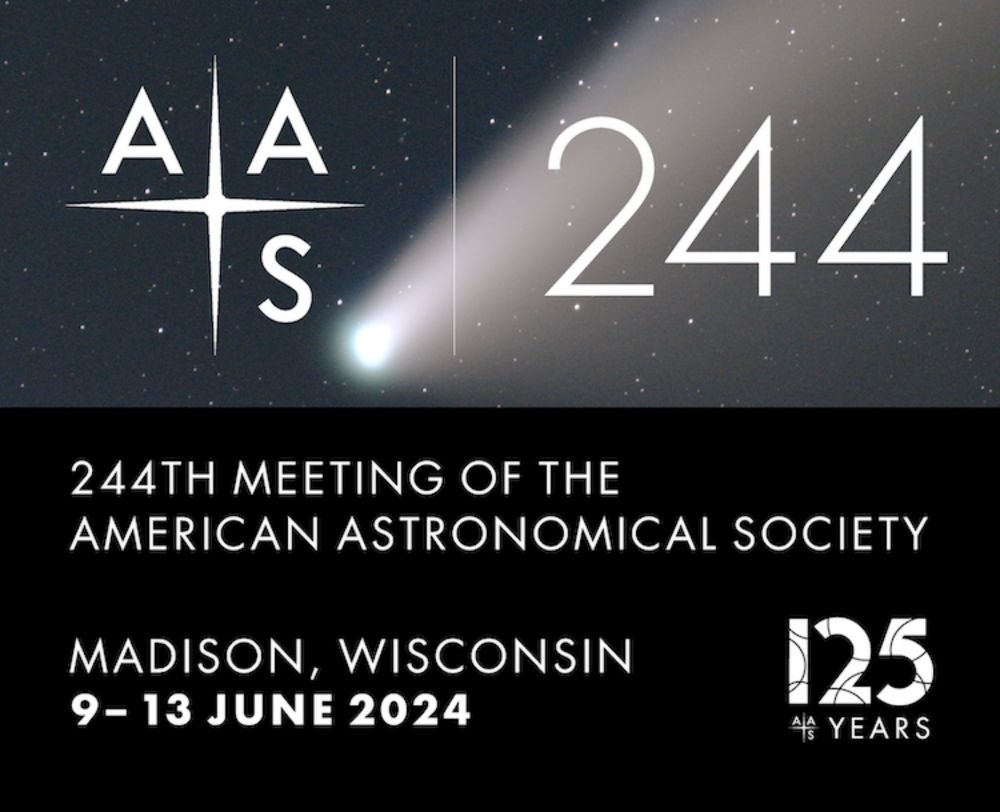

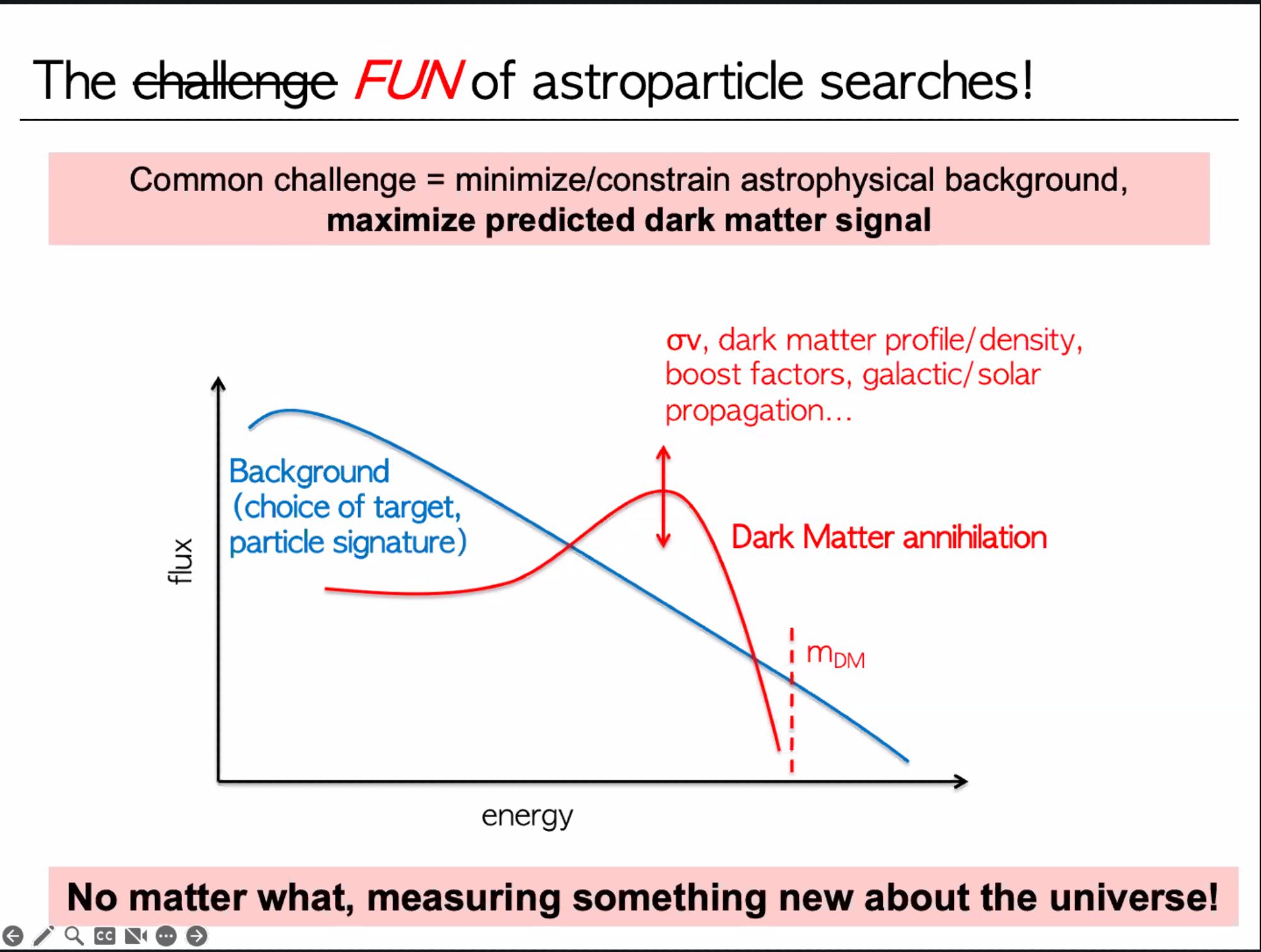
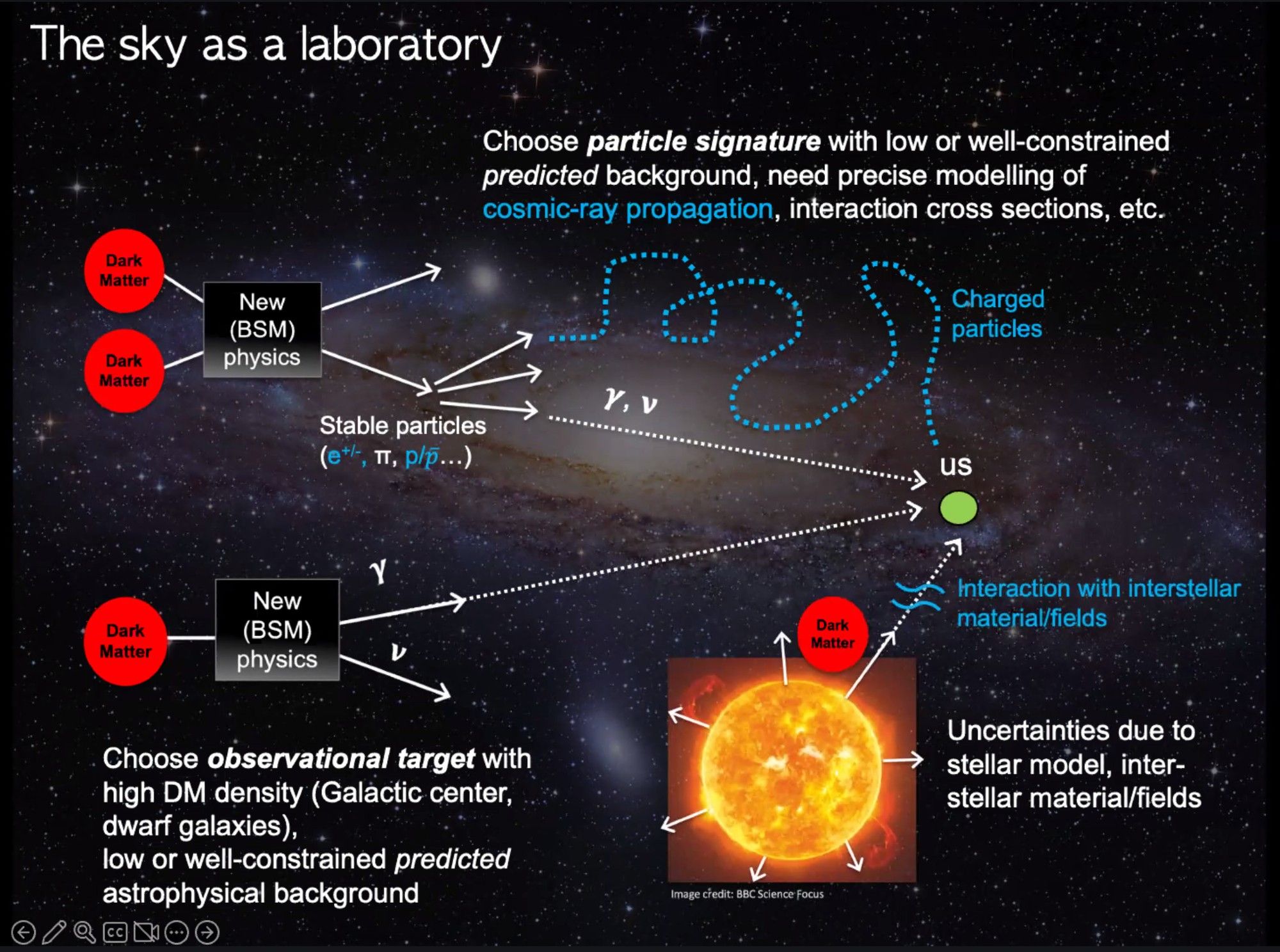


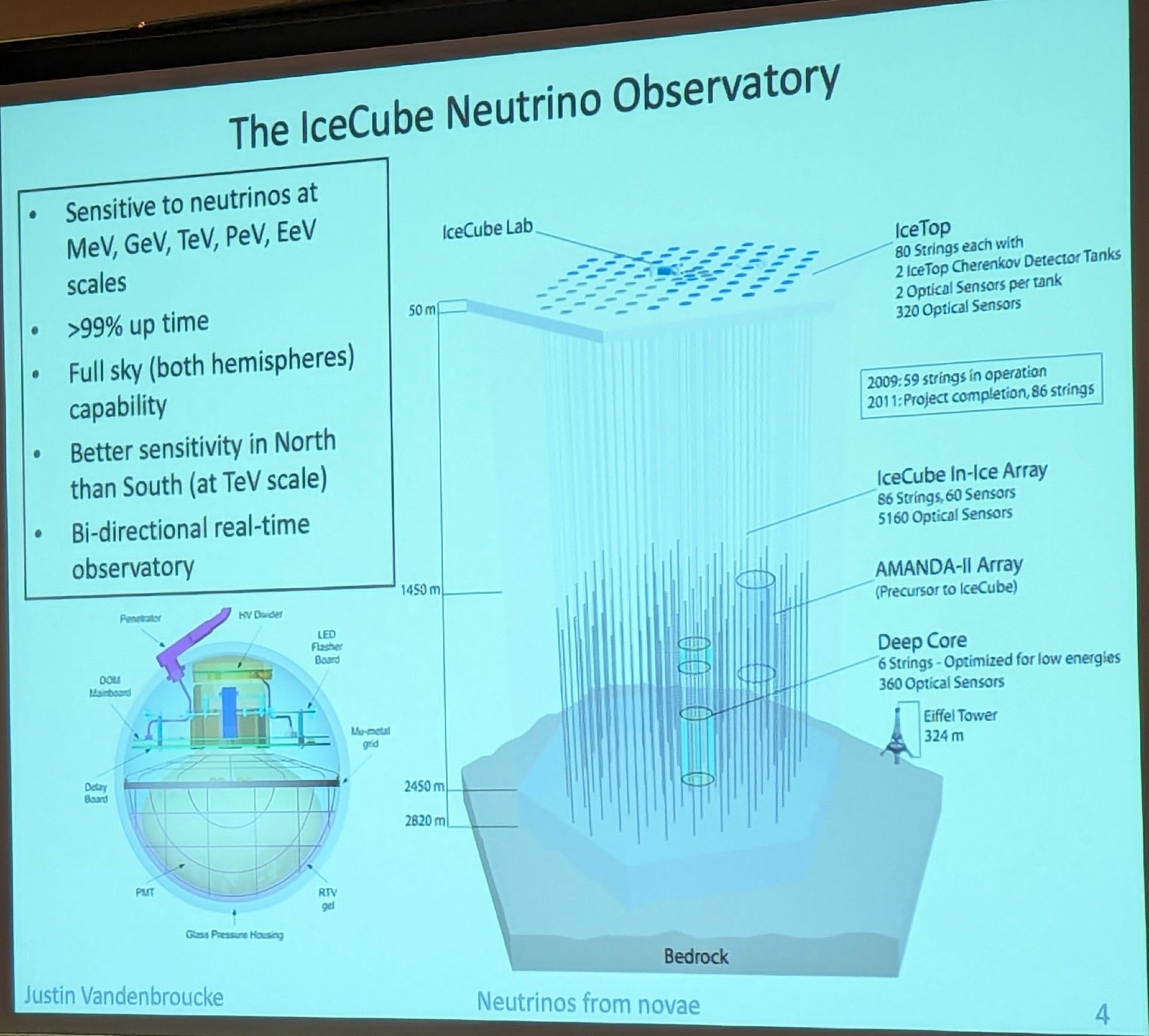
![Neutrinos from novae?
• It is likely that all novae are gamma-ray sources
• The gamma-ray emission is likely hadronic
• Therefore, novae are likely neutrino sources
• And likely also cosmic-ray sources
• "I have enough faith in the hadronic model that [neutrinos are] a pretty sure bet." - Brian Metzger, March 6, 2020 email
• Protons colliding with photons or other protons produce pions
• Neutral pions decay to gamma rays
• Charged pions decay to neutrinos
• High-energy neutrinos are a smoking gun of high-energy hadrons](https://cdn.bsky.app/img/feed_fullsize/plain/did:plc:32jhd3zbo5zlj5yc5lcyf7rt/bafkreic2fgwmosz6w2p5tffeoqq3ml6snbpcppi5m7q7iqcnscd2fcfama@jpeg)

